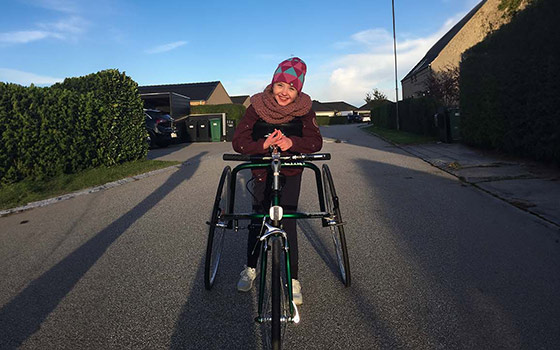Search
Research
Development of a video-based evaluation tool in Rett syndromeThis paper describes the development of a video-based evaluation tool for use in Rett syndrome (RTT).
Research
Seizures in Rett syndrome: an overview from a one-year calendar studyInformation on daily seizure occurrence and health service utilization and monthly anti-epileptic drug use was provided on 162 Rett syndrome cases for a...
Research
Early progressive encephalopathy in boys and MECP2 mutationsMECP2 mutations mainly occur in females with Rett syndrome. Mutations have been described in 11 boys with progressive encephalopathy...
Research
NTNG1 mutations are a rare cause of Rett syndromeA translocation that disrupted the netrin G1 gene (NTNG1) was recently reported in a patient with the early seizure variant of Rett syndrome (RTT).
Research
Real-world benefits and tolerability of trofinetide for the treatment of Rett syndrome: The LOTUS studyAim: To describe the real-world effects of trofinetide in individuals with Rett syndrome (RTT) using the 18-month follow-up analysis of the LOTUS study.

We aim to ensure that high quality outcome measures are available to evaluate treatments and services for children with disability rigorously. We aim to translate our research into resources to support families, carers and clinicians.


Guide our sibling research!
Research
Facilitators and Barriers of Participation in “Uptime” Activities in Girls and Women With Rett Syndrome: Perspectives From Parents and ProfessionalsThis study explored facilitators and barriers to "uptime" (non-sedentary) activities in Danish girls and women with Rett syndrome
Research
Determinants of quality of life in Rett syndrome: New findings on associations with genotypeRett syndrome is a genetically caused neurodevelopmental disorder associated with functional deficits and comorbidities. This study investigated relationships between genotype, functional abilities and comorbidities and quality of life in Rett syndrome.
